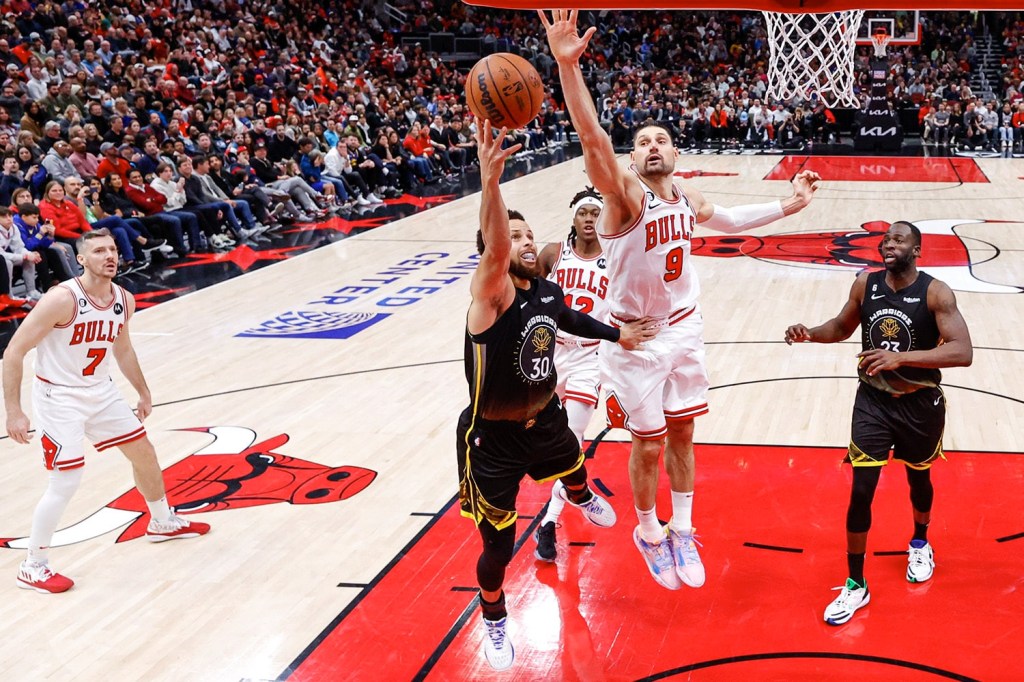The audacious dream UFC president and CEO Dana White had nearly a year ago is now coming true.
As White attended U2’s concert residency to open the $2.3 billion Sphere in Las Vegas, a technological marvel redefining live entertainment, he immediately began to covet the chance to bring mixed-martial arts to the venue. By November of last year, the event was booked.
“I’m so in on this, it’s not even funny,” White said last fall.
Fast-forward to the present, and UFC 306, also known as Riyadh Season Noche UFC, is set for Saturday at the Sphere—led by a bantamweight championship fight between Sean O’Malley and Merab Dvalishvili and backed by a $20 million production budget that more than doubled from the original planned outlay of $8 million. That huge financial escalation owes in no small part to White’s desire to not just be at the Sphere with a fight card, but also combine learnings from the building’s prior concerts, movies, and the recent NHL draft with plenty of UFC’s own identity.
“Take what you’ve seen already [there], then multiply it by a million. That’s what you’re going to see,” White tells Front Office Sports. “All of the things that have been done there, we’re doing it on one night. I couldn’t be happier with where we are. Now it’s about execution. This is going to be a game-changer where sports and entertainment truly come together.”
Sound and Motion
The staging of an MMA event at the Sphere presents a unique challenge for the venue. The prior concerts—which beyond U2 have included Phish and Dead & Company—and movies have been staged events where the content on the Sphere’s 160,000-square-foot interior screen is entirely preplanned. Even the NHL draft, while containing unknowns with the actual selections, contained a preset order of teams that aided content planning.
The organic nature of the bouts on the UFC 306 fight card requires a different strategy. UFC and Sphere Studios—a California-based operation part of building owner Sphere Entertainment Co. that is controlled by New York Knicks and Rangers owner James Dolan—are concentrating much of their content development efforts for periods between the individual fights, while the action in the Octagon will remain the focus during the bouts.
The entire production, meanwhile, will be coupled with a live production on ESPN+ pay-per-view for viewers at home. Within all of that, the content focus for UFC 306 will be to extensively commemorate Mexico’s independence from the Spanish Empire, and celebrate that country’s culture and role in the rise of combat sports.
“There’s been a lot of creative work that’s gone into this, but they’ve created a show that’s really built around the fights,” Joel Fisher, EVP for marquee events and operations for the Dolan-led MSG Entertainment, tells FOS. “There will be stationary ‘worlds’ in the background during the fights, and then interstitial films between the fights. UFC has correctly viewed this as much more than just a sporting event.”
Different Demand
Still, the screen is the star of the show at the Sphere, and ringside seats that are usually the most coveted for a UFC bout have met an inverted dynamic in which higher-up locations are now those particularly in demand.
“If your back is against the wall and you’re in the last row possible, those actually might be the best seats,” White says.
Even with that flipped situation, ticket company SeatGeek said UFC 306 is fetching an average resale price of more than $1,700 each—more than double what U2 garnered and nearly 50% higher than Phish. UFC still expects to set a new gate receipt record, topping a $17.7 million haul for UFC 205 in 2016.

















